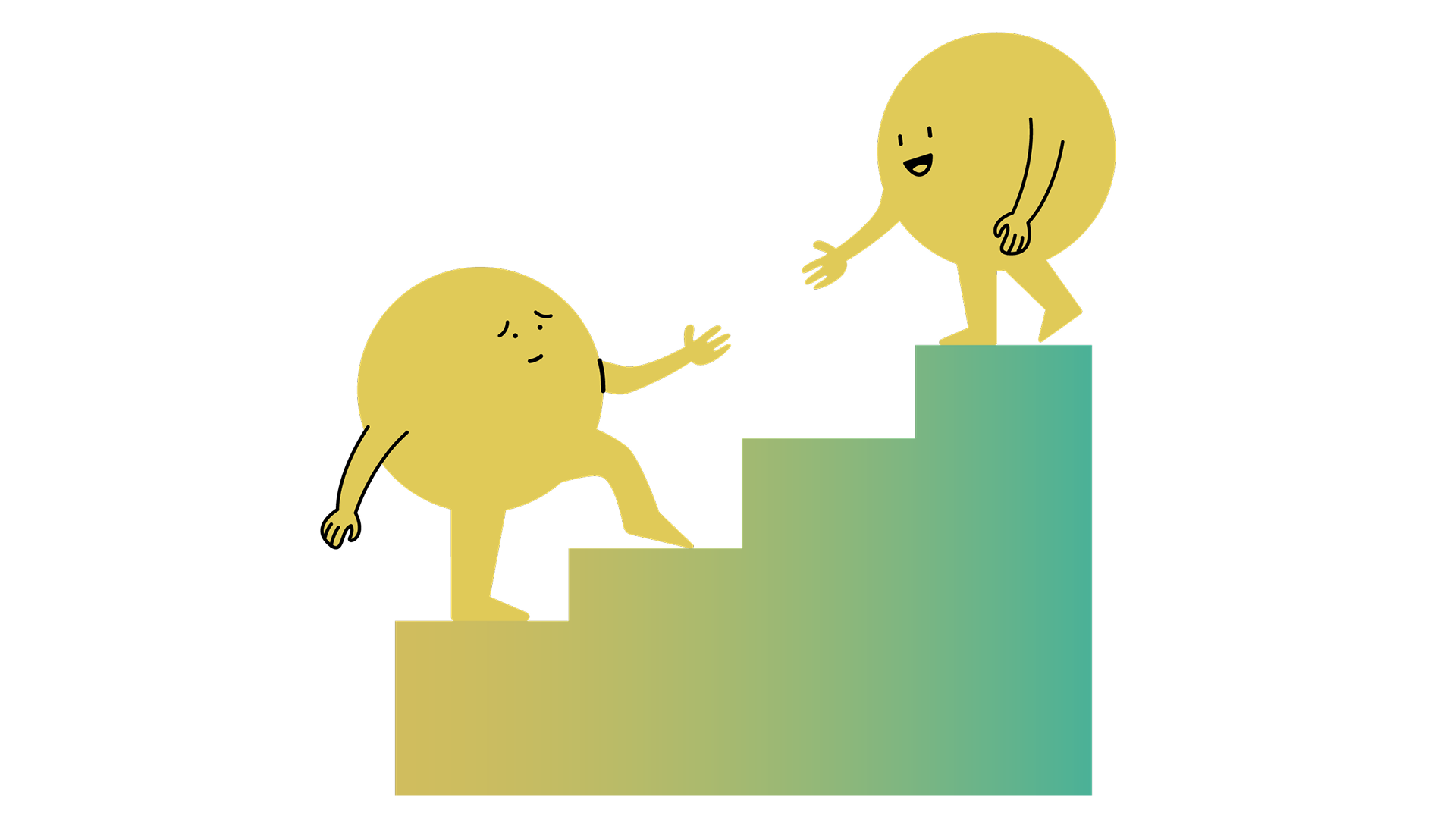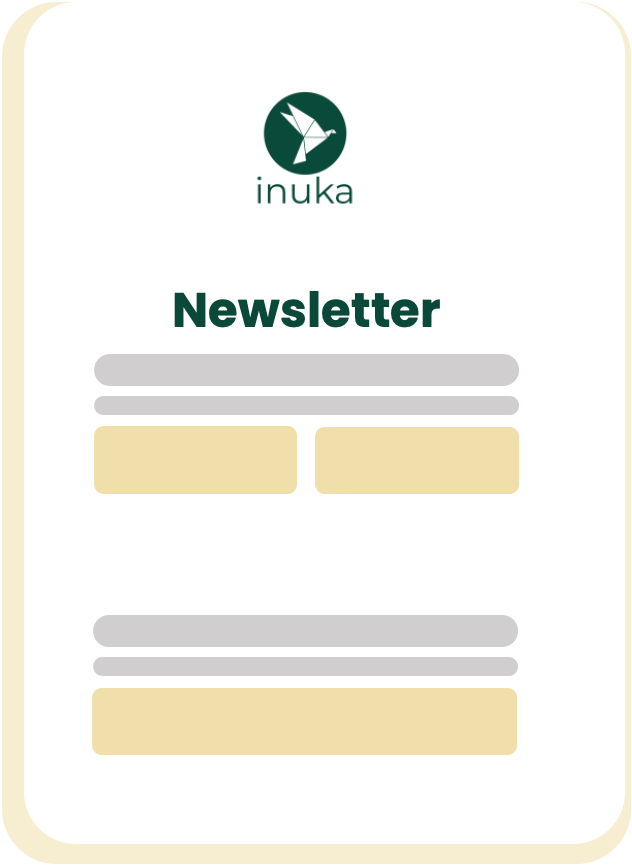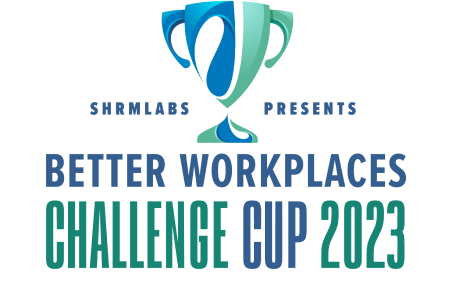Proactive burnout prevention through workplace coaching works better than reactive approaches because it builds resilience before problems develop, costs significantly less than addressing burnout after it happens, and creates sustainable employee wellbeing. Prevention focuses on developing coping skills and stress management techniques, while reactive approaches only treat symptoms after damage occurs. This comprehensive guide explores why prevention strategies deliver superior outcomes for both employees and organisations.
What exactly is burnout prevention and why does it matter more than fixing burnout after it happens?
Burnout prevention involves building employee resilience, stress management skills, and healthy workplace habits before exhaustion and disengagement set in. Unlike reactive burnout management that addresses symptoms after they appear, prevention creates protective factors that help employees thrive under pressure.
The difference between prevention and reactive management is like maintaining your car versus waiting for it to break down. Preventive approaches cost significantly less and avoid the disruption that comes with employee burnout, including reduced productivity, increased absenteeism, and potential resignation.
When you address burnout reactively, you’re dealing with employees who may already be considering leaving, experiencing health issues, or performing below their potential. Recovery takes months and doesn’t guarantee the employee will return to peak performance. Prevention builds ongoing resilience that helps employees navigate workplace stress effectively.
Organisational culture benefits enormously from prevention-focused approaches. Teams develop better communication, mutual support, and collective problem-solving skills. This creates an environment where stress is managed collaboratively rather than individually, reducing the likelihood of widespread burnout affecting multiple team members.
How does coaching actually prevent burnout compared to traditional wellness programs?
Workplace coaching prevents burnout by developing personalised stress management strategies, building emotional resilience, and teaching practical coping skills tailored to each individual’s specific challenges and work environment. Traditional wellness programs offer generic solutions, while coaching addresses root causes of workplace stress.
Most wellness initiatives focus on surface-level interventions like meditation apps or gym memberships. These can be helpful but don’t address the underlying workplace dynamics, personal stress triggers, or individual coping patterns that contribute to burnout. Coaching digs deeper into personal stress patterns and helps employees develop sustainable strategies.
Coaching builds proactive skills like boundary setting, workload management, and communication techniques. Employees learn to recognise early warning signs of stress escalation and have tools to address problems before they become overwhelming. This creates a sense of control and confidence that traditional wellness programs rarely provide.
The personalised nature of coaching means solutions fit the individual’s personality, role demands, and life circumstances. A high-pressure sales role requires different stress management approaches than a detail-oriented finance position. The Inuka Method adapts to these differences, making interventions more effective and sustainable.
What are the real costs of reactive burnout management versus proactive coaching?
Reactive burnout management costs organisations through increased absenteeism, higher turnover rates, reduced productivity, healthcare expenses, and recruitment costs. Proactive coaching prevents these expenses while improving overall team performance and employee satisfaction, making it significantly more cost-effective.
When employees reach burnout, the immediate costs include sick leave, reduced work quality, and the need for temporary coverage or overtime for other team members. Replacement costs alone can reach 50-200% of an employee’s annual salary when you factor in recruitment, training, and the productivity loss during transition periods.
Healthcare costs increase substantially with burnout-related stress, anxiety, and physical health problems. Organisations often see higher insurance claims and increased employee assistance program usage. These reactive costs continue accumulating while the underlying workplace stress factors remain unaddressed.
Proactive coaching investment prevents these cascading costs while building organisational capacity for stress management. Teams become more resilient, collaborative, and productive. The coaching investment pays for itself through retained talent, improved performance, and reduced crisis management needs.
Consider the ripple effects of burnout on team dynamics. When one team member burns out, others often absorb additional workload, creating stress that can lead to more burnout cases. Prevention breaks this cycle by building collective resilience and sustainable work practices.
Which employees benefit most from burnout prevention coaching?
High-performing employees in demanding roles, managers with significant people responsibilities, and individuals in client-facing positions benefit most from burnout prevention coaching. These groups face elevated stress levels and have greater impact on organisational success when they thrive versus when they struggle.
Managers and team leaders particularly benefit because their wellbeing directly affects their team’s performance and morale. A stressed manager creates a stressed team environment, while a resilient leader models healthy stress management and creates psychological safety for their team members.
Client-facing roles like sales, customer service, and account management involve emotional labour that can be draining without proper support. These employees need specific skills for managing difficult conversations, maintaining professional boundaries, and processing challenging interactions without carrying stress home.
High achievers often resist traditional wellness programs but engage well with coaching because it aligns with their goal-oriented mindset. They appreciate the personalised, skills-based approach that helps them perform better rather than simply telling them to slow down.
Employees going through major life transitions, role changes, or increased responsibilities also benefit significantly from preventive coaching. These periods of change create additional stress that, when managed well, can lead to growth rather than burnout.
How do you measure the success of burnout prevention programs?
Success in burnout prevention programs is measured through employee engagement scores, absenteeism rates, retention statistics, productivity metrics, and wellbeing assessments. Effective measurement combines quantitative data with qualitative feedback to show both immediate impact and long-term cultural changes.
Employee engagement surveys provide baseline measurements and track improvements over time. Look for increases in job satisfaction, sense of control over workload, and confidence in managing workplace stress. Regular pulse surveys capture trends before they become serious problems.
Absenteeism and turnover rates offer concrete evidence of program effectiveness. Prevention programs should show reduced sick leave usage, fewer stress-related absences, and improved retention rates, particularly among high-performing employees who might otherwise seek less stressful roles elsewhere.
Productivity metrics help demonstrate business impact beyond employee wellbeing. This includes project completion rates, quality measures, customer satisfaction scores, and team collaboration effectiveness. Prevention programs should improve these metrics as employees become more resilient and focused.
Qualitative feedback through focus groups, coaching session feedback, and manager observations provides context for the quantitative data. This helps identify which program elements work best and where adjustments might improve effectiveness. An impact check can provide valuable insights into program success and areas for improvement.
What makes some burnout prevention approaches more effective than others?
Effective burnout prevention approaches combine personalised support, ongoing accessibility, evidence-based methods, and measurable outcomes. The most successful programs offer confidential, flexible coaching that adapts to individual needs while providing organisations with clear impact data.
Personalisation makes the biggest difference in program effectiveness. Generic wellness solutions assume all employees face similar challenges, but stress triggers and effective coping strategies vary significantly between individuals. Tailored coaching addresses specific workplace situations and personal stress patterns for lasting change.
Accessibility and convenience determine whether employees actually use available support. Programs that offer multiple communication channels, flexible scheduling, and anonymous options see higher engagement rates. Employees need to access help when they need it, not just during scheduled wellness events.
Evidence-based coaching methods ensure interventions actually work rather than just feeling supportive. Approaches grounded in psychological research and proven stress management techniques deliver measurable results that justify program investment and build employee confidence in the support provided.
Ongoing support rather than one-time interventions creates sustainable behaviour change. Burnout prevention requires developing new habits and thought patterns, which takes time and practice. Programs that provide continuous support help employees integrate new skills into their daily work routines.
The most effective programs also provide organisations with clear visibility into program impact while maintaining employee privacy. This combination of measurable outcomes and confidential support builds trust with employees while demonstrating value to leadership, ensuring long-term program sustainability.
When you’re ready to move beyond reactive burnout management to proactive employee wellbeing, consider how comprehensive coaching solutions can transform your workplace culture. We specialise in measurable burnout prevention programs that build resilient teams while providing the data you need to demonstrate clear return on investment to your leadership team. Contact us to learn more about implementing effective burnout prevention strategies in your organisation.







